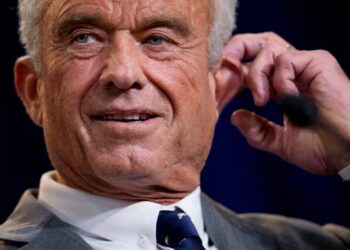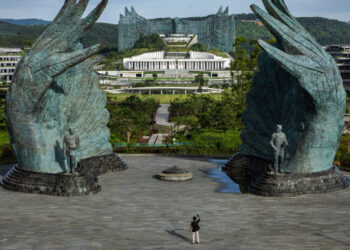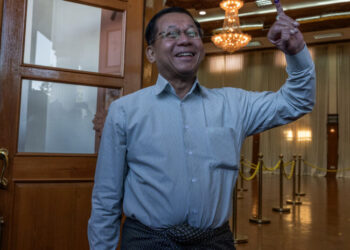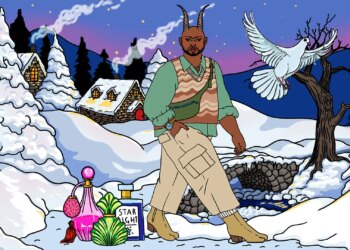Australian cruise ship runs aground, strikes coral reef in first trip after passenger’s death
A luxury expedition vessel has struck a coral reef off Papua New Guinea’s coast in the latest setback for the...
Kara Swisher Accused RFK Jr. of ‘Murdering People’ With Anti-Vax Policies
The journalist who played a pivotal role in breaking the story about then-presidential candidate Robert F. Kennedy Jr. having an...
Indiana GOP senator causes uproar with AI images of himself clobbering Santa — then calls critics ‘snowflakes’
An Indiana state senator sparked an uproar online after posting AI-generated images of himself clobbering Santa Claus in front of...
MJF Becomes Two-Time AEW World Champion at Worlds End
AEW Worlds End came to a close with a new Men’s World Champion heading into 2026. Samoa Joe defended the...
In Guinea Elections, Ruling Junta Seeks Legitimacy While Barring Rivals
Voters in Guinea go to the polls on Sunday to elect a new president as the leader of the ruling...
The Lure of a Rising Asian Metropolis? No Traffic.
In a remote corner of the island of Borneo on a recent Monday, a runner breezed down the middle of...
DHS official rips Kilmar Abrego Garcia for ‘making TikToks’ while agency faces gag order
Department of Homeland Security (DHS) Assistant Secretary Tricia McLaughlin on Saturday took aim at Kilmar Abrego Garcia for “making TikToks” while...
Jon Moxley Wins 2025 Continental Classic at AEW Worlds End
The 2025 Continental Classic winner was crowned in front of a sold-out crowd in the Now Arena in Chicago, Illinois....
As Some Boycott Myanmar’s Flawed Election, Others Hope for Change
As voters started going to the polls on Sunday for the first round of a heavily stage-managed election in Myanmar,...
Families Demand Answers a Year After Deadliest Plane Crash in South Korea
A year after the worst plane crash on South Korean soil killed 179 people, the families of some of the...














